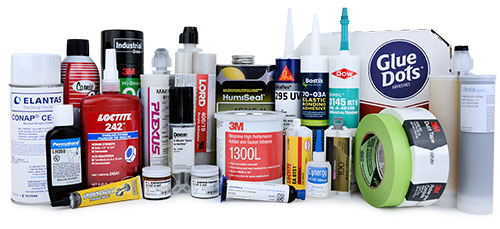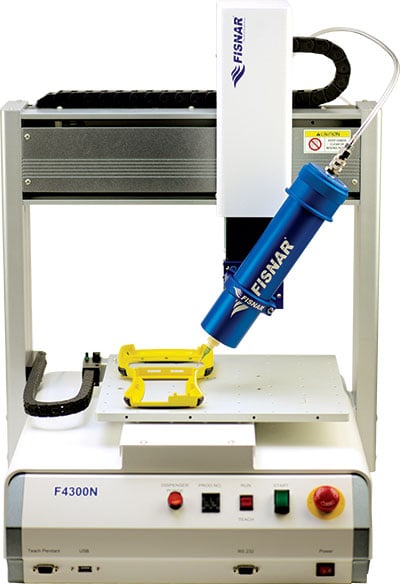Degrees of Freedom in Designing the Right Adhesive Assembly Process
Design and manufacturing engineers rarely have all options open to them when they are developing an assembly method for their product. Generally, as they work on their strategy, they are faced with a number of constraints. Some common examples:
- Assembly times must fall into a certain window. Normally, shorter times are preferred, but not always.
- The process may be constrained by existing equipment. In the case of adhesives and sealants, dispensing and curing equipment may be fixed to current options on hand or there may be capital restrictions on new equipment choices.
- Adhesive and/or sealant choices may be constrained to a list of specified or approved materials by a customer or industry group.
- Performance criteria are always a part of any assembly material. Frequently, there is a need to check for assembly integrity in-line, so quality inspection systems must be factored into the assembly process.
Overcoming process constraints requires maximum degrees of freedom in areas not constrained. For example, in a hypothetical process where the dispensing or curing equipment options are largely fixed, the assembly material of choice can be optimized to fit the equipment and other required processing variables. Conversely, when specified materials must be used in an assembly process, equipment choices can be made to work within the process objectives.
Professionals skilled in the science of matching equipment capabilities with assembly material properties, processing, and product performance know how to optimize these variables. They consider constraints to yield the best system outcome. The ability to offer materials and equipment that span a wide range of capabilities is critical. Some examples:
Material Choices
- Epoxy
- Polyurethane
- Silicone
- Acrylic/Methaacrylic
- UV Cure
- Anaerobic
- Cyanoacrylate
- Hot Melt
- Pressure Sensitive
- Water Based
- Solvent Based
- Various Tape


Equipment Choices
- Time/Pressure Dispensing
- Meter Mix
- Hand Held Manual/Pneumatic Dispensing
- Consumable Supplies
- UV Cure Equipment
- Ovens
- Robotics
Manufacturers of materials and product assembly equipment tend to specialize in a relatively narrow range of products, and while they are very adept at squaring a round peg, often times the best solution involves matching the right peg to the hole. The best process development partners offer a very broad range of materials and equipment, and are experts in understanding the interactions between the two product classes and how they can be adjusted to fit your processing needs.
The answer to solving the problem of multiple constraints is to find maximum degrees of freedom in areas that are not constrained. When looking outside for help, identify a partner that can help you find and implement a range of material and equipment solutions to your process challenge.